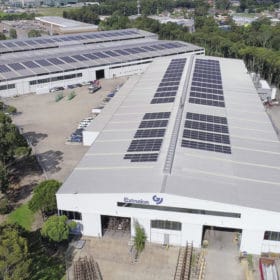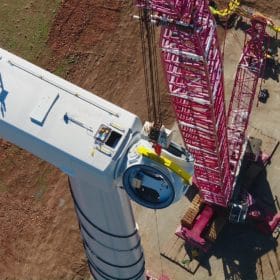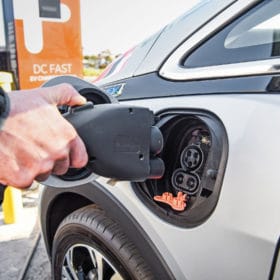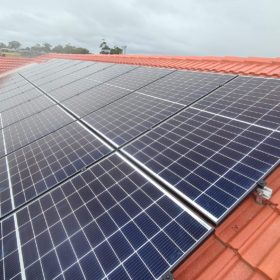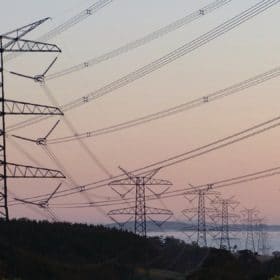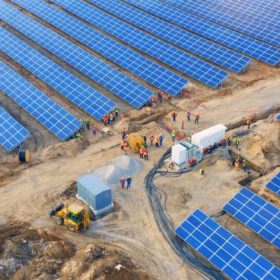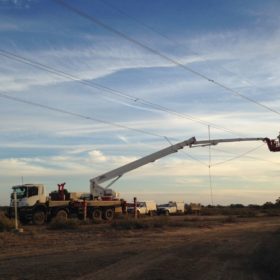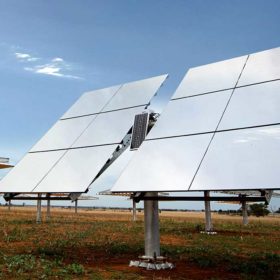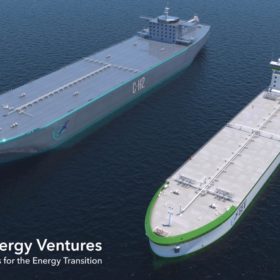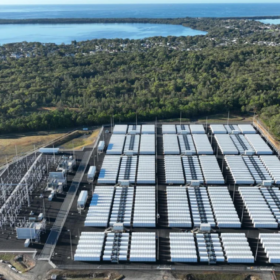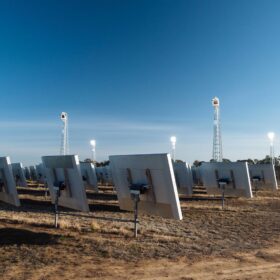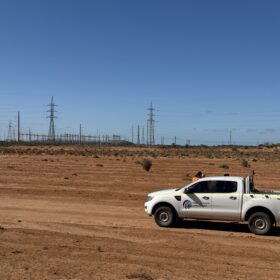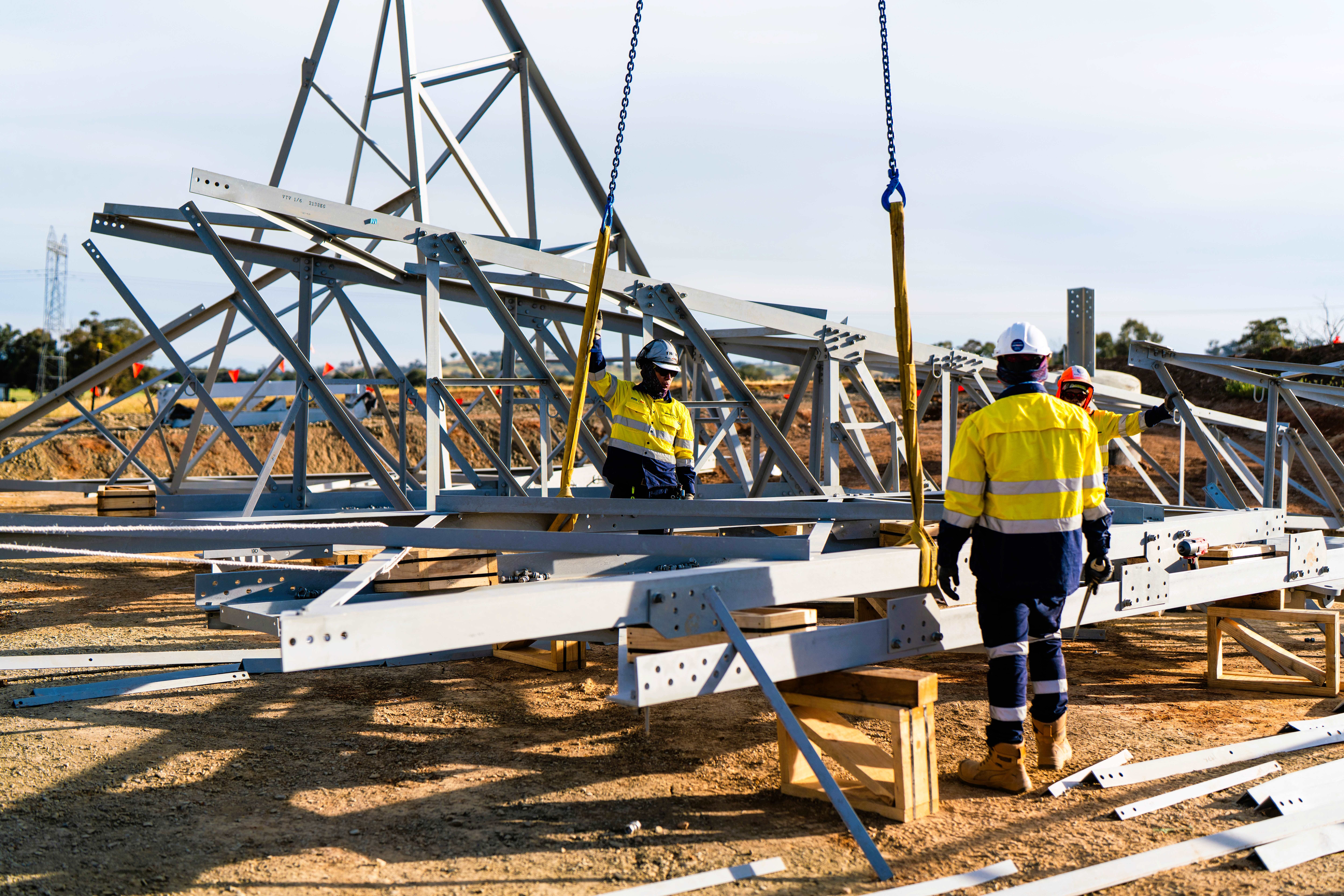Sunday read: China struggles with solar supply
Since July 2020, the PV industry has been experiencing price rises, which have affected almost all the components in a solar system. As these price increases spill out into higher installation costs, we see end user prices for solar rising for the first time in 10 years, threatening the competitiveness of PV in certain markets. Vincent Shaw reports from Shanghai on solar manufacturing’s supply chain crisis.
Saturday read: Return of the sun tax
Australia’s success with widespread residential take-up of solar PV installations may be facing a stumbling block, a new proposal by the Australian Energy Market Commission (AEMC), the rule maker of the nation’s grid. And for solar veterans, the development summons the ghoul of Spain’s infamous “sun tax.”
Telstra dials up its renewable energy commitment
Telecommunications giant Telstra has continued it transition to renewable energy, signing a long-term agreement to purchase electricity from the Crookwell 3 Wind Farm being built near Goulburn in New South Wales.
Check your mirrors: 3 things rooftop solar can teach us about Australia’s electric car rollout
Governments and car manufacturers are investing hundreds of billions of dollars on electric vehicles. But while the electric transport revolution is inevitable, the final destination remains unknown.
Consumers look at off-grid options amid talk of tariffs
Solar module manufacturer Q Cells Australia has revealed a growing number of residential customers are contemplating exiting the grid entirely as policy makers grapple with how to integrate increasing amounts of small-scale renewable energy technologies like rooftop solar PV and batteries into the electricity grid.
What’s been ‘lost’ amid the ‘solar tax’ outrage and how AEMC’s reforms benefit solar customers
As the Australian Energy Market Commission rifles through submissions on its reform package proposal, the Commission’s Chief Executive, Benn Barr, tells pv magazine Australia about some of the “profound changes” which have been overlooked and why he thinks two-way pricing is crucial.
Solar & wind still cheapest generation sources in Australia, despite costly integration, CSIRO finds
Australia’s national science agency, the CSIRO, and the Australian Energy Market Operator have found even when factoring in additional ‘integration’ costs such as storage and new transmission infrastructure, solar and wind continue to be the cheapest sources of new-build electricity generation in Australia.
Renewable transmission superhighway, EnergyConnect, clears final hurdle
South Australian transmission company ElectraNet on Monday announced it will invest $457.4 million to deliver the its section of the Project EnergyConnect, the high-voltage electricity transmission interconnector between South Australia and New South Wales.
World-first ‘solar hydro’ plant to be built in Victoria, promising 17 hours of storage for $27m
Australian technology company RayGen Resources has received funding to build a 3 MW/50 MWh ‘solar hydro’ power plant. Described by ARENA as the “first of a kind,” it is being lauded as one of the largest and lowest cost storage projects undertaken in the country. Energy giant AGL has also come onboard and will assess whether the technology would be suitable for its soon-to-retire Liddell facility.
GEV to construct 430t hydrogen cargo ship for small scale grid blending market
Global Energy Ventures, the firm currently working on a 2,000t hydrogen cargo ship, has announced the commencement of construction on a 430t pilot-scale version to service the emerging market for economies wanting begin blending small amounts of green hydrogen into existing gas networks by mid-2020s.

